North District is the largest district in Sikkim, but it is the least populated. It shares international borders with Tibet and China and is inhabited by the Lepchas and the Bhutias. Most of the area is restricted; to visit North Sikkim requires special permits. The district is divided into two administrative sections: Chungthang, and Mangan which is the district headquarters, and consequently, more populated.
Dzongu, which falls under the Mangan administrative section, is a steep mountainous forested area where less than forty percent of the land is inhabited by humans. It lies in the buffer and transition zones of the Khangchendzonga Biosphere Reserve.
Traditionally, this area of Sikkim is associated with the origins of the Lepcha people, who are deemed to be the original inhabitants of Sikkim. When the political boundaries were not rigid, the Lepchas moved freely from Bhutan in the easternmost region to Nepal on the westernmost boundary. In the 1940s, cardamom plantations were introduced in Dzongu as a cash crop. The seedlings and skilled labour were brought from Eastern Nepal. In Mangsari, there are still some Limbu people who are the descendants of the original labourers who came to work in the cardamom plantations. Soon Mangan came to be known as the cardamom capital of Sikkim. The Royal Proclamation of 30 August, 1956 declared the entire Dzongu area as a special reserve, a law still in force where people from other communities are forbidden to settle or to buy land here. Chogyal Sir Tashi Namgyal gave Dzongu to his queen as her private estate.
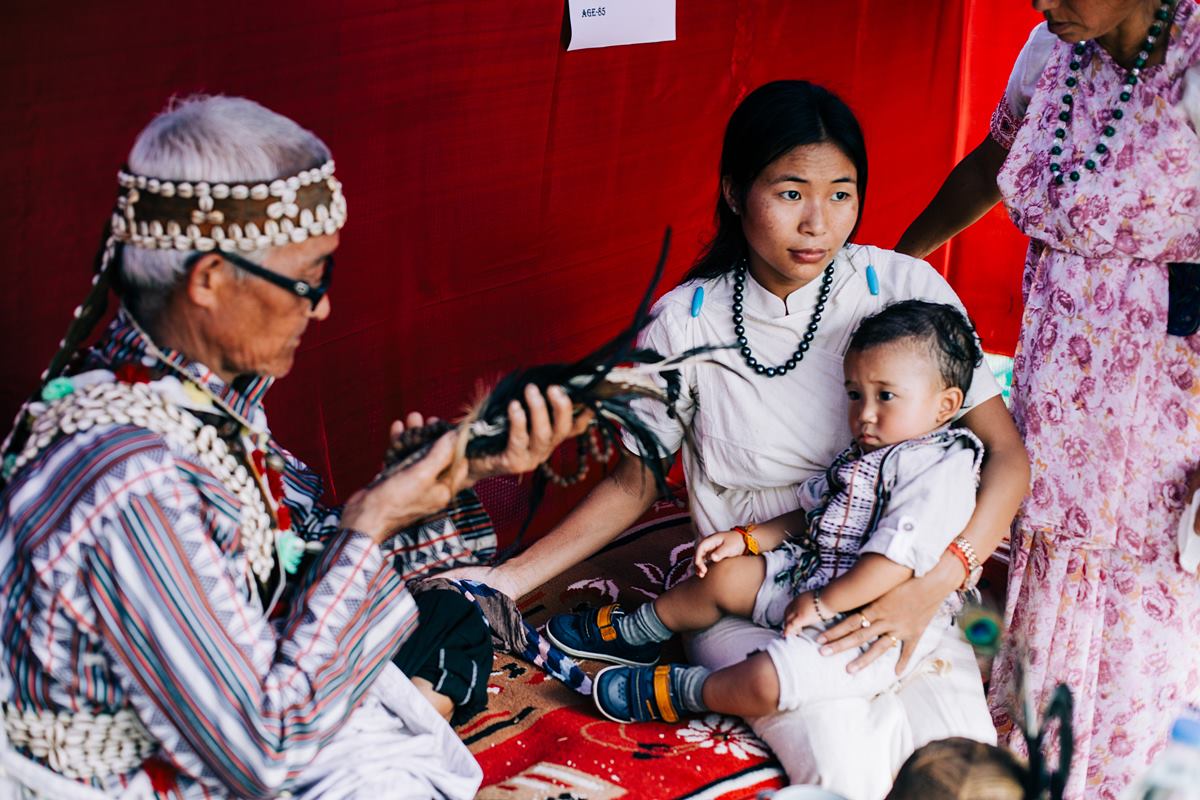
In 1975, when Sikkim was merged with India, the institution of the Chogyal was abolished. Kazi Lhendup Dorjee of Chakung, West Sikkim, himself a Lepcha, became the first Chief Minister. It was during his leadership of the opposition to the Chogyal that Sikkim’s merger with India was completed. The subsequent two developments in the region shaped the current heightened sense of identity—the declaration of Khangchendzonga National Park in 1977, and the beginning of the hydropower projects that spread over three districts of Sikkim: the North, East and South. The attempt to include Tashiding and Rangeet rivers in the hydro power project was strongly opposed by the lamas, and was scrapped. The first phase of dam construction within Sikkim began in the East at Dickchu. The acquisition of land, environmental clearances and taking the people into confidence were all but disregarded. The National Hydroelectric Power Corporation Ltd (NHPC) went ahead with the projects despite the people’s misgivings and opposition. Landslides, submergence, damage to roads, houses, farmlands and bridges are here to stay; wanton deforestation along the dam sites and flouting of environmental safeguards have damaged both, the communities and the land. The NHPC employs private companies, and these contractors have scant regard for any cautionary actions. Several studies that have been conducted to examine the methods employed by these private companies to support the misgivings of the people.
In East Sikkim, the land is inhabited largely by Nepali communities, and perhaps they were not organized enough, or underestimated the irreparable damage that dam-building would wreak on their land. As a result, roads and land began to sink and many houses cracked. Most of the damage occurred while building the head rest tunnels which are horizontal. Blasting and excavation weakened the land and sucked in surface water sources causing springs to dry up. Fearing a similar fate to their land, the people of Dzongu formed a Joint Action Committee (JAC) to protest and bring to the notice of the authorities the danger of this activity on a seismically fragile terrain such as Sikkim. Although authorities were at pains to assert that the devastating earthquake in North Sikkim on September 2011 was not caused by dam-building, it is common knowledge that these activities have permanently weakened the land and vulnerabilities have increased. On 20 June, 2007, one of the largest movements against hydropower projects in Sikkim was launched under the banner of Affected Citizens of Teesta (ACT). It was supported by the Concerned Lepchas of Sikkim (CLOS) and the Sangha of Dzongu (SOD). Their protest went to Gangtok, drawing the attention of national and international media. The 209 days' hunger strike had a big impact on the participants. The main people were Tenzing Lepcha from Hee Gyathang in lower Dzongu, Dawa Lepcha from Lingdong and Gyatso Lepcha from Passingdong. Relay hunger strikes were staged. Many young people were drawn to the protest. This experience changed them, opening their eyes to their land and culture, helping them make connections and learn about similar movements of indigenous people around the world.
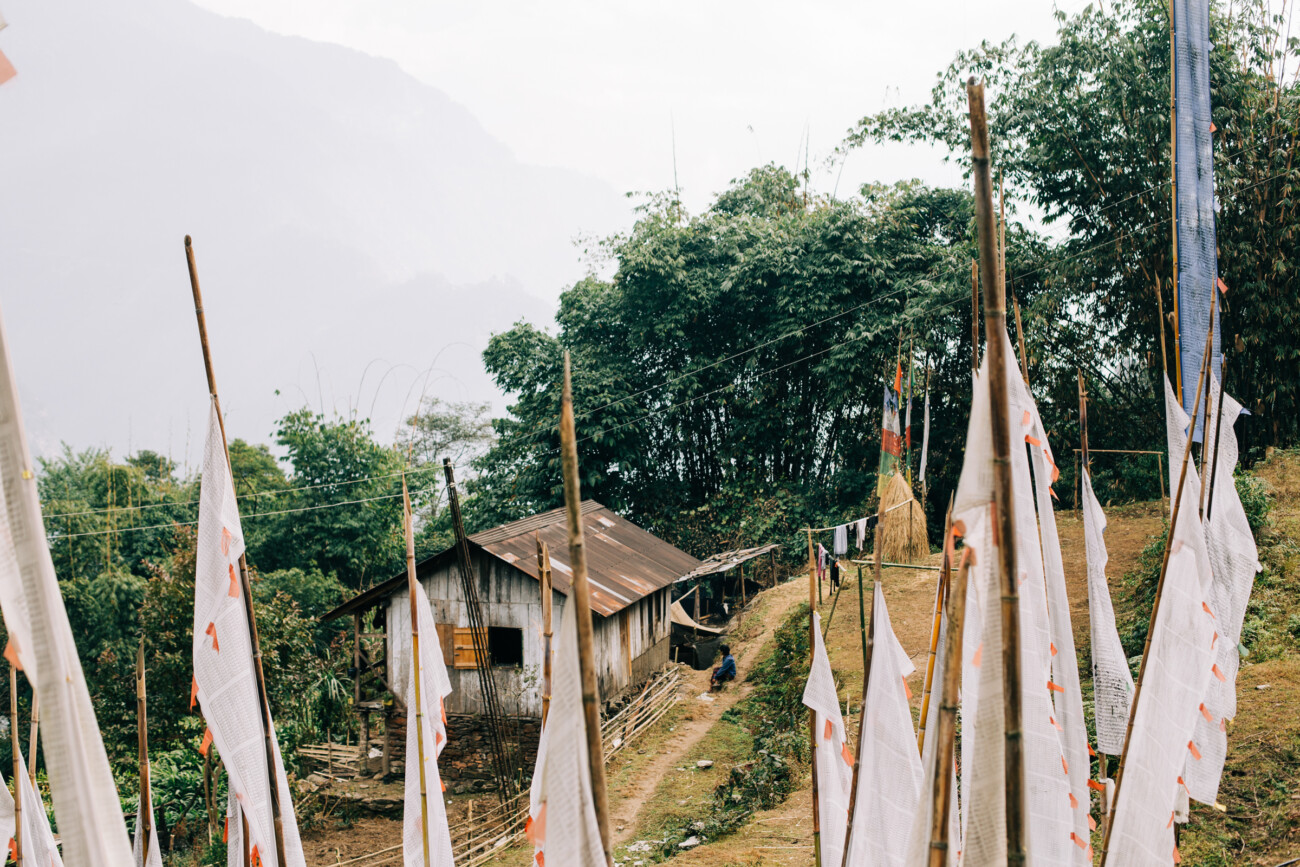
What was unique about this experience was that it reaffirmed the Lepcha ancestors’ belief in deep ecology (this movement accepts that all living beings—diversity and richness of life—have intrinsic value and that the nature of human interference in the various ecosystems are not sustainable (Naess, 2002, as quoted in Little, 2008). The stories that have been traditionally passed down from generation to generation were repeated and re-learnt. Many young people had moved away from Dzongu; being educated in institutions outside had exposed them to external influence. The threat that was exemplified by dam-building opened their eyes to the value of their ancestral land and the urgent need to preserve it, and to prevent its desecration in the name of development. Since the very existence of Lepchas is based on their land, Dzongu once more became a sacred place of pilgrimage, even to Lepchas from Darjeeling and Kalimpong.
Kerry Little, an Australian scholar who followed the movement, literally step by step from Dzongu to Gangtok writes, “For the anti-dam protestors, their identities as protectors of Dzongu were created via the stories that they learnt and related. These stories were from history—myths, folktales and creation stories; and from the present—protest, environment and politics…. At various times during the protest…trying to save Dzongu, they had returned there, with renewed pride in their identity and interest in their heritage.” (Little, 2008).
“It was the jungle that held the old stories from a past time; stories told by shamans and hunters….The sacred stories from the elder’s time became protest narratives when the activists referenced their mythology to prove their ownership of the land.” (Little, 2008)
Through these struggles to prevent dams being built, and to ensure the unfettered free flow of rivers in Sikkim, the main activists have chosen to adopt examples of a sustainable life that is in harmony with nature and gives a deeper, sacred meaning to their existence.
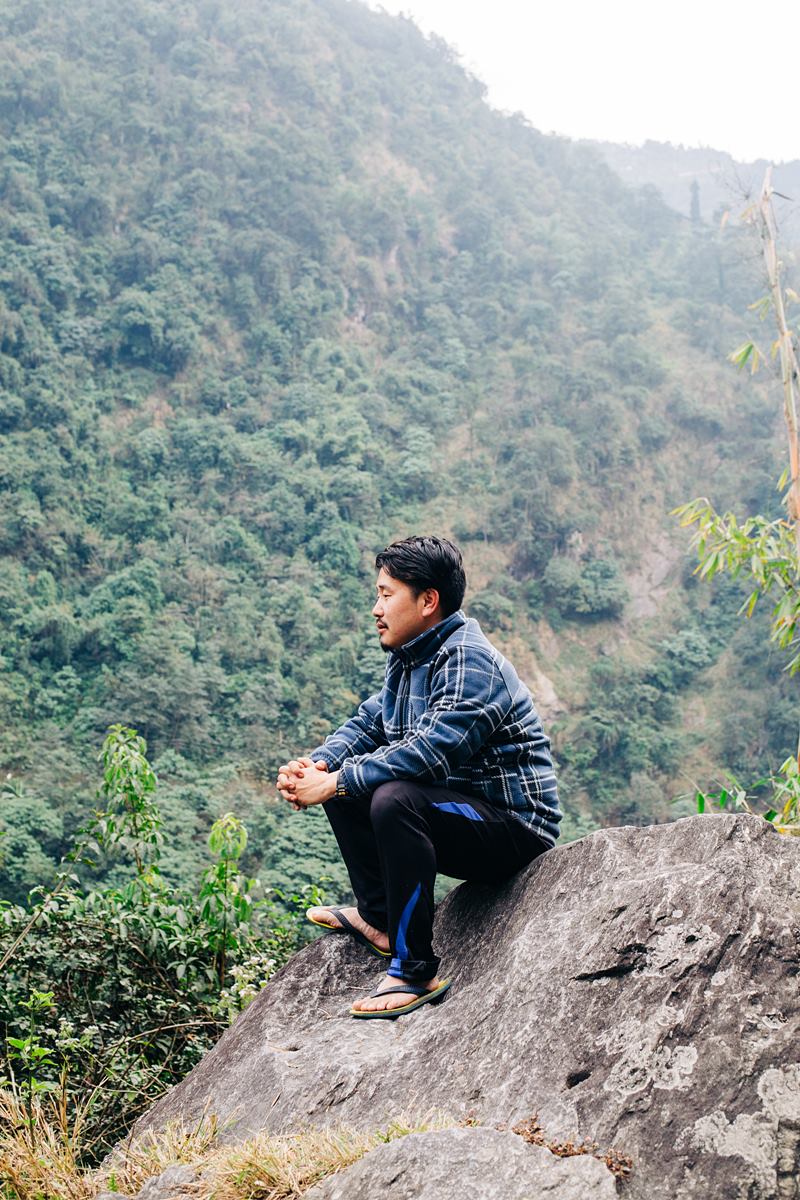
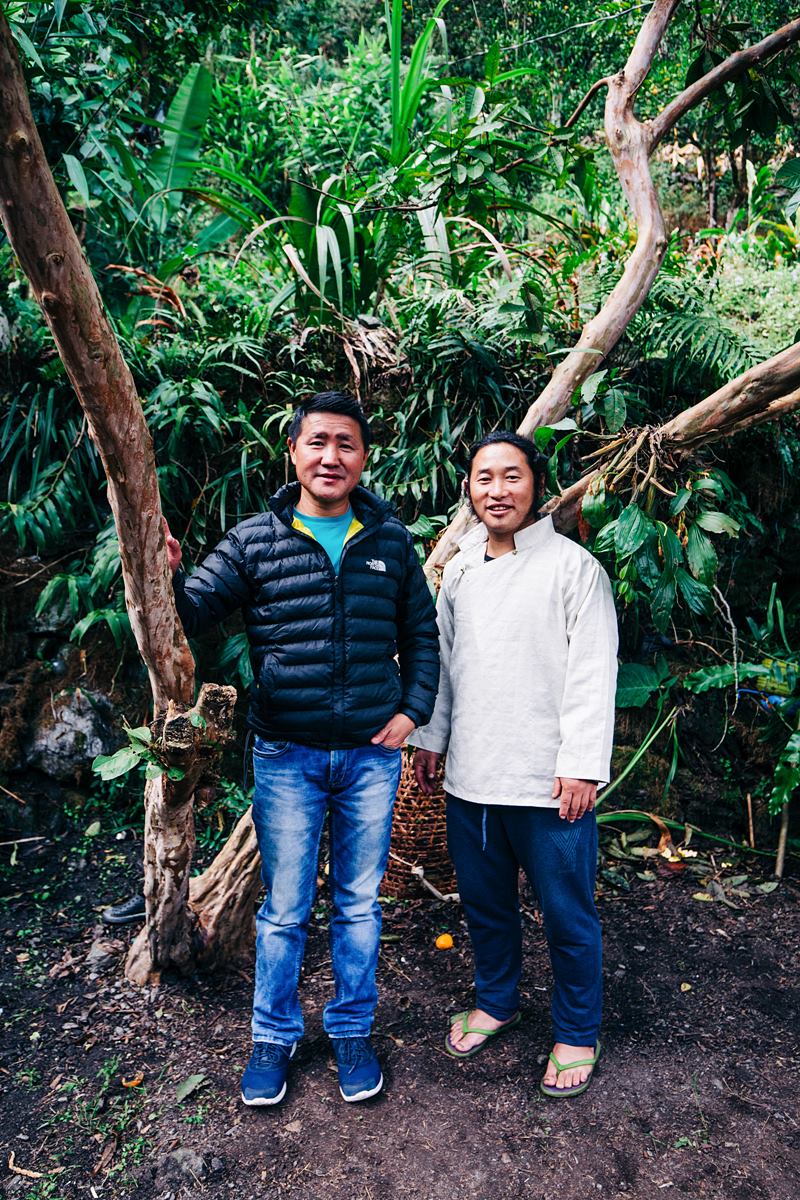
Tenzing Lepcha
Tenzing Lepcha is one of the twelve children of Netuk, the head lama from Hee Gyathang. He was a popular footballer with ambitions to play for the best football clubs. However, his involvement in the hunger strike changed his priorities forever. The land that he was leaving behind suddenly exerted an overwhelming pull. His activism, and the ordeal of the hunger strike, made him realize the importance of protecting the land. His involvement with the movement deepened his connection to Lepcha culture and he became aware of the centrality of Dzongu to the Lepcha people, and the need to protect it from rampant development.
He was actively involved in garnering support to preserve the beautiful Hee Gyathang monastery that his grandfather, as the Mandal, had helped reconstruct after mobilizing every household in the vicinity. It stands there as a monument to the community’s unity. Instead of demolishing this structure, the community engaged the help of conservationist architects like Chetan Raj Shrestha to help preserve this piece of heritage.
When I visited Tenzing in June 2017, he was a busy and contented man. He had thrown himself into farming, taking, in addition to the family holdings, other land on lease to grow oranges. He repeatedly refused chemical inputs, incurring the label of being anti-development and anti-government. His oranges were adjudged the best in the Siliguri market. He involves the community in his operations, especially young students. The orange plucking season coincides happily with the school holidays. He employs these students to harvest the oranges and pays them wages that they use to buy books and other school requirements.
He also runs a successful homestay. His visitors’ book includes diverse guests, some of whom also take part in light agricultural activities. The heart of the homestay is the kitchen which is spacious and comfortable. While Tenzing busies himself with preparing meals, his father, who sits in the corner, regales me with stories of the land.
Tenzing says that the land provides for all his needs and the sound of the flowing river gives him an immense sense of peace. At the moment he is content working on the land and connecting with his family and community. Although he does not venture out and participate in protests, his life is an example of a successful search for sustainable living and an alternative to government employment.
Dawa Lepcha
Dawa who comes from the village of Lingdong, Dzongu, is a graduate of the National Institute of Film and Fine Arts, Kolkata. He worked for many years at the Namgyal Institute of Tibetology, Gangtok, as a cinematographer of documentaries, concentrating on ethno-documentary. His film, Ritual Journeys, was screened in London at the Royal Anthropological Institute’s International Festival of Ethnographic Films in May 2011. He had worked over seven years under the guidance of Anna Balicki, the Research Director at the Namgyal Institute of Tibetology, filming the daily life of the eighty-year-old Meyrak, a bongthing from Dzongu. His foray into this genre led him back to his land and people. The turbulent years of resistance against the dams in Dzongu heightened his awareness of the environmental issues and the negative impact of the dams. This experience led him to enter mainstream politics and in 2014 he even contested the assembly elections with the backing of Sikkim Krantikari Morcha. But the stronger draw was his film-making.
When we met in August 2017, Dawa talked about his film that had been in the making for many years. Dhokbu was inspired by the stories that his grandfather told him at a price, a tongba (homemade millet beer) per session.
Dhokbu (which translates as ‘the keeper’) represents Dawa’s understanding of what it means to be a Lepcha.
In an interview with Darjeeling Chronicle, he said, “Like every tribal community around the globe, we Lepchas also believe in natural deities and protectors of wild forest and wilderness. This film is about a mythical character, who is the guardian of the wilderness of the Sikkim Himalayas, who rescues and protects a young university student who gets lost in the wild while on a research recce, and helps her return to civilization. The film reflects a few of my own thoughts influenced by what I went through during my days of intense activism.” (“Sikkimese Filmmaker Dawa Lepcha Nominated for Golden Fox Award - The Darjeeling Chronicle”, 2017).
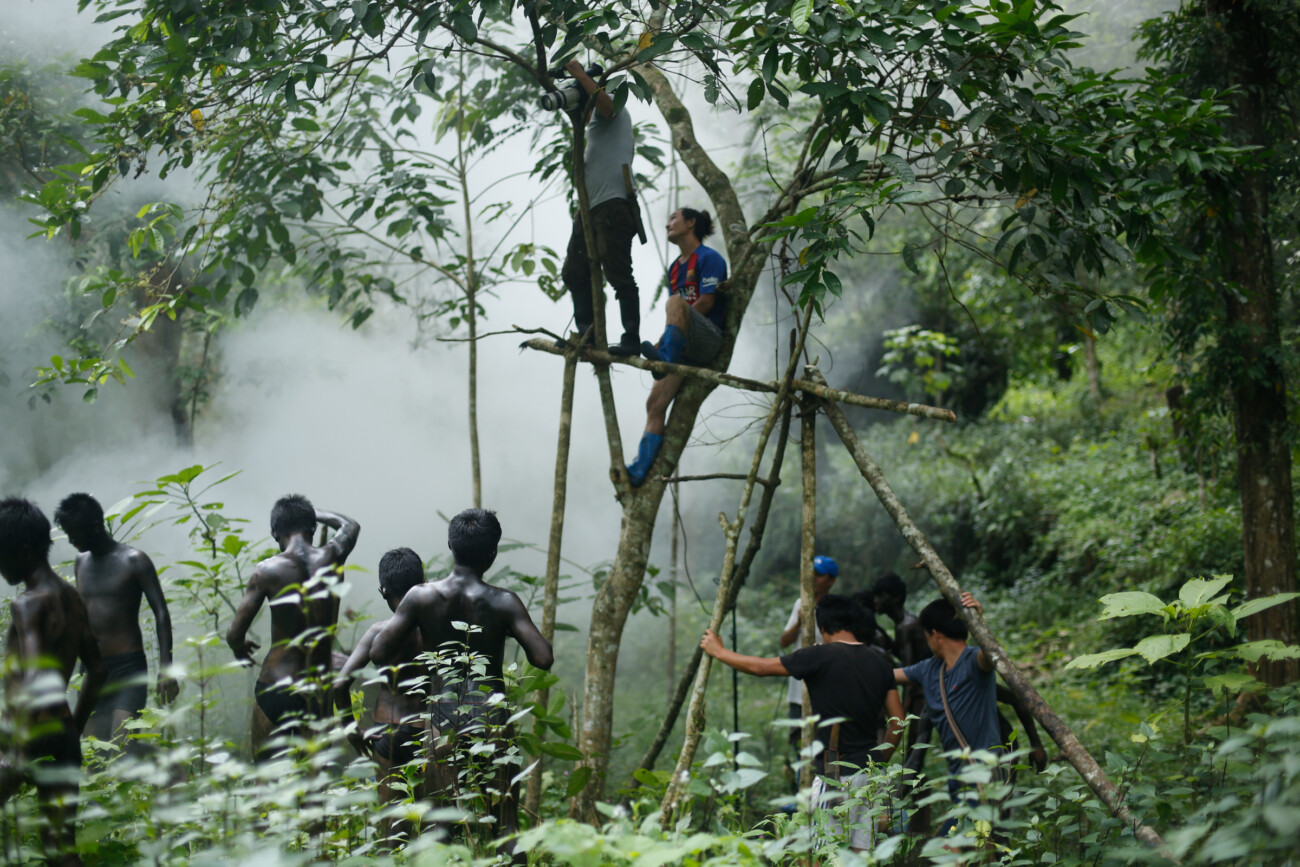
This is one way that Dawa improvised to pass on the stories which used to be told around the warm glow of the family hearth.
When released in 2017, the film was received with great enthusiasm in Gangtok and Kalimpong. It also travelled to various festivals where it was much appreciated. Dhokbu was nominated for a Golden Fox Award in the Best Director category. In fact, Dawa is the only Indian director to be nominated in that category at the Kolkatta International Cult Film Festival in 2017.
The involvement of the people in the making of the film is also a journey in itself. The crew was willing to work in natural locations, where many of the props came from the villages. When Dawa began filming, he confesses that he had just Rs 70,000, but funds began to come in from the public as the initial rushes of the film were shared with them.
Dawa continues to record the disappearing ways of life through a medium that he is confident in. Reviving memories of food, the process of preparing it and sharing it with others, also underlines Dawa’s goal of retaining the link with the land and his people. His documentary, Finding Pushen, records the all but forgotten food, an ingredient derived from a species of palm that grows in the jungles of Dzongu. Through his research he found some elderly people who knew about it.
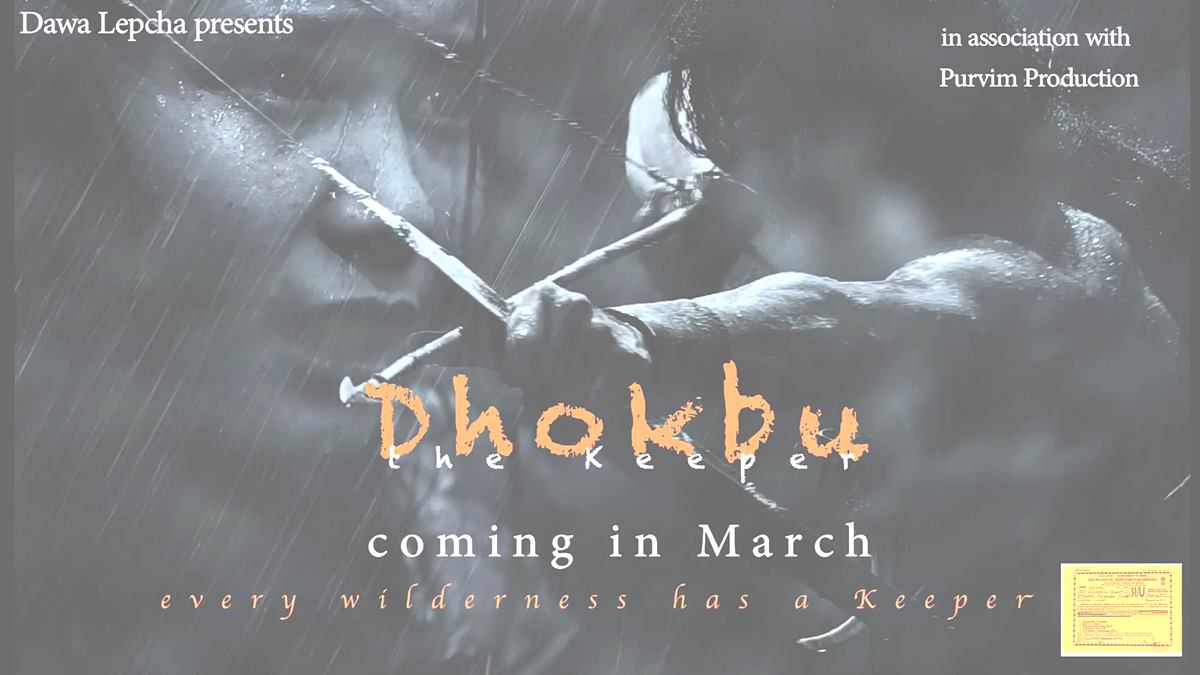
Gyatso Lepcha
Gyatso, a law graduate and a prominent member of ACT, was also searching for an alternative to government employment before opening a homestay. He continues with his advocacy work while running Mayal Lyang, a successful homestay in his village, Passingdon. He uses the opportunity to inform his guests about Dzongu and the culture of his people through the food that he shares with them. He tells them about the struggle to keep safe the land and culture for future generations.
Gyatso is one of the co-authors of a document written for ‘World Heritage Watch Report 2018, Berlin’ reprinted in Sikkim Express. The report brings into focus the ongoing struggle to preserve their land and culture. The Khangchendzonga National Park was inscribed on the UNESCO World Heritage Site list as a ‘mixed heritage’ site which recognizes, both, the natural and associative cultural values. The same report states that, “We initially welcomed the nomination since we believed that the inscription would empower the communities in the region, provide international acknowledgement and recognition to our sacred landscape and cultural practices, strengthen our rights over forests and landscape that we inhabit, prevent destructive development activity and the ongoing desecration of our sacred sites. However, our experience of the process of nomination, an examination of the final nomination dossier and recent development activities and government interventions in the region has cast serious doubts regarding the inscription. The World Heritage listing undermines the very values that it claims to protect.”
The core area of the Khangchendzonga Biosphere Reserve, designated in 2000, lies in the protected area of the Khangchendzonga National Park. Its buffer and transition zones include human inhabited landscapes and settlements that lie outside the protected natural core. The National Park had earlier been included in the Tentative List for World Heritage Sites in India under the Natural Heritage category. During a stakeholder workshop in 2012 this categorization was opposed by the local communities because they believed that it undermined cultural values that were integral to the landscape and justified its inclusion under the Mixed Heritage category.
The report also mentions that although lakes have been listed as sacred sites, rivers as a part of the sacred landscape have barely been mentioned.
The Advisory Committee on World Heritage Matters (ACWHM) reviewed this and proposed a revision of the nomination dossier with the site renamed as the ‘Khangchendzonga Sacred Landscape’ to be nominated under the Mixed Heritage category with an extension of boundaries to include the buffer and transition zones of the Khangchendzonga Biosphere Reserve. But according to Gyatso, “the category was changed from National to a Mixed Site, but the boundary of the National Park was retained as the boundary of the nominated property. The buffer zone was the same as the buffer zone of the Biosphere Reserve, but the transitional zone had been excluded from the buffer zone of the nominated property (International Council on Monuments and Sites, 2016). Although associative values of communities in relation to the Natural Site were acknowledged in the Nomination Dossier, the boundaries of the designated site did not encompass human inhabited areas that lay beyond the domain of the protected natural core and constituted a significant part of the sacred geography. We are concerned about the exclusion of important indigenous landscapes and sacred sites from the protected core area of the property”.
The report went on to mention what they termed as ‘an onslaught of destructive development’, namely the construction of the dam mentioned above. Although four proposed dams were scrapped, the struggle continues to preserve the last remaining free-flowing stretches of the river in Dzongu from being diverted underground. Of the two hydel power projects proposed within the Lepcha reserve that lie in the Transition Zone, one is barely half a kilometre away from the Buffer Zone of the Park.
The report also mentions that although lakes have been listed as sacred sites, rivers as a part of the sacred landscape have barely been mentioned. “This is surprising and questionable, as Sikkim’s sacred rivers play a significant role in both Shamanic and Buddhist ritual practices.”
The dams in Sikkim were considered necessary for development and progress but they have had an irreversible and devastating impact on the mountain ecology, made the landscape more precarious and vulnerable to landslides, flash floods and resulted in migrant influx. Tunnels of the hydro power projects are also affecting the sub-surface flow of water as a result of which springs have dried up or have moved to different locations.
The report also informs, “A recent case of dynamite explosion at the work site of the 300 MW Panan hydro power project in Dzongu led to the erosion of a hillside, the destruction of houses in an upstream village, and the formation of an artificial dam blocking the course of a free-flowing river at Mantam in upper Dzongu.” Since then, the people living above the lake faced a humanitarian crisis as no vehicle could pass through. Even though the High Court had ordered the draining of the lake, the State Government wanted to keep the lake for tourism purposes. This reflects the State’s agenda to commodify and commercialize sacred sites without respecting the needs or sentiments of the local people. Suddenly, the water began to disappear from the lake and formed a sandy space like a beach. Again, this was seen as a picnic spot for tourists unmindful about what triggered this phenomenon. The authors of the World Heritage Report 2018, state that contrary to their initial belief that the World Heritage status would be a protection against ongoing destructive activities, confining the boundary of the property to the protected area of the National Park has made it easy for the State Government to continue with several previously planned projects. “An Eco-Sensitive Zone which had been proposed around the Park would have provided legal protection to indigenous landscapes. But its extent in Dzongu has now been reduced from 10,000 meters to a mere twenty-five meters from the boundary of the park,” explains Gyatso.
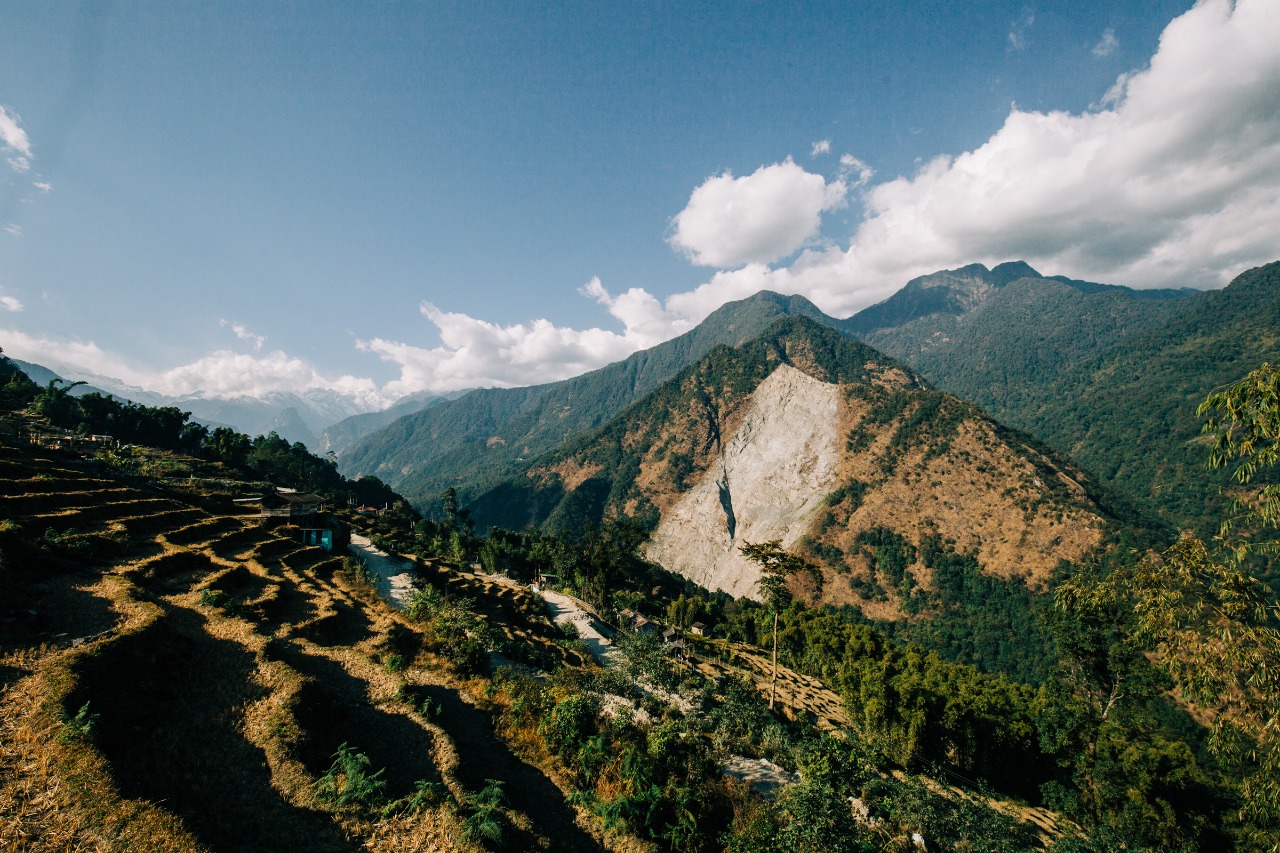
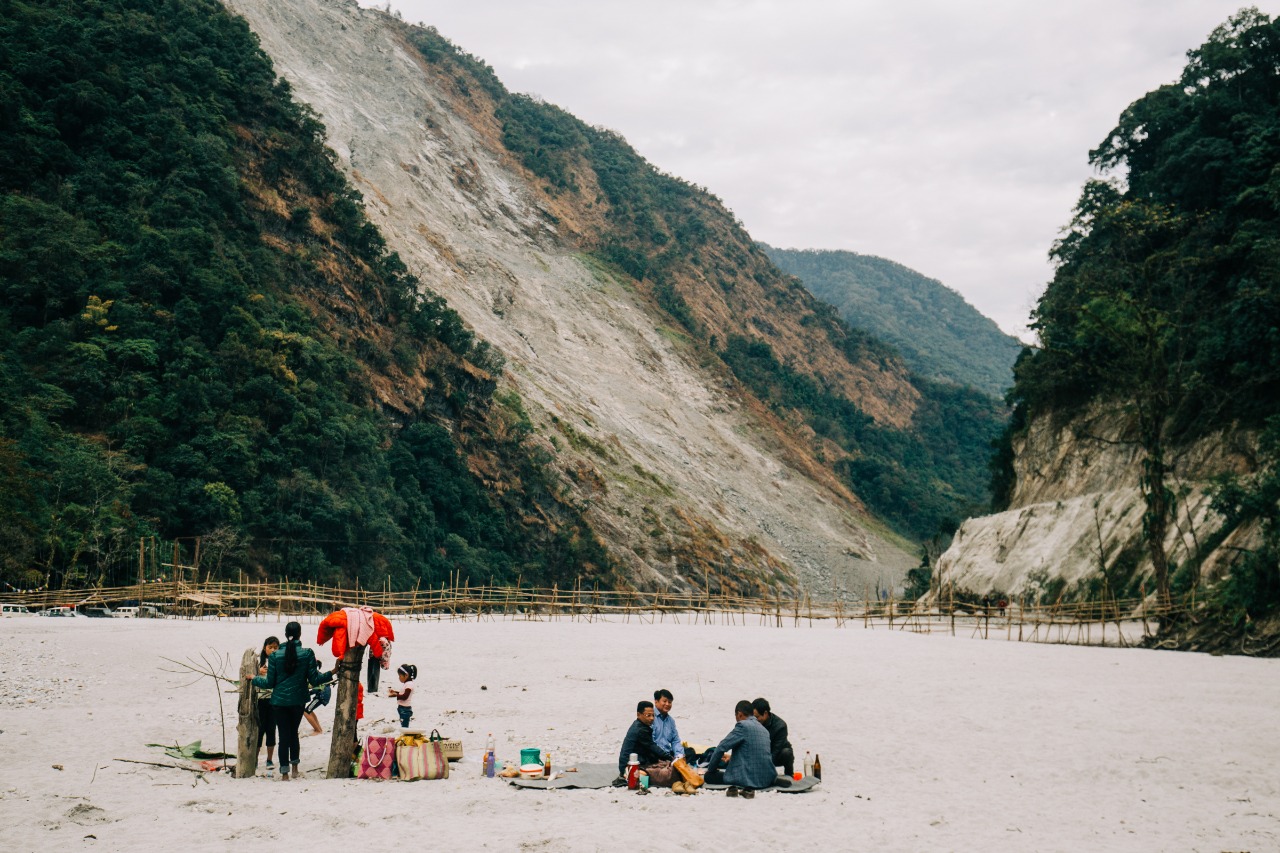
The report goes on to recommend that UNESCO should ask the State Party to extend the core area of the Inscribed Property to include the buffer and transition zones of the Biosphere Reserve; that all dams in Dzongu and the buffer and transition zones of the Biosphere Reserve be scrapped and the destruction due to existing projects be reversed; that the boundaries of the Eco-Sensitive Zone around the National Park be increased once again to at least a distance of ten kilometers; that the rights of indigenous communities are safeguarded and they are involved in all decision-making processes that affect their sacred sites and landscapes; and ask the State Party to mention and emphasize sacred rivers in the nomination dossier with recommendations for their protection and management, which includes keeping rivers free flowing and to keeping the remaining stretches of dammed rivers as free flowing.
Gyatso Lepcha, with Tseten Lepcha, his colleague, are spearheading this movement. They have joined hands with international indigenous people’s movements and the Free-flowing Rivers and Rivers for Life projects to strengthen their position. The struggle to preserve the sacred landscape goes on.
Photo Gallery
(Click to enlarge)
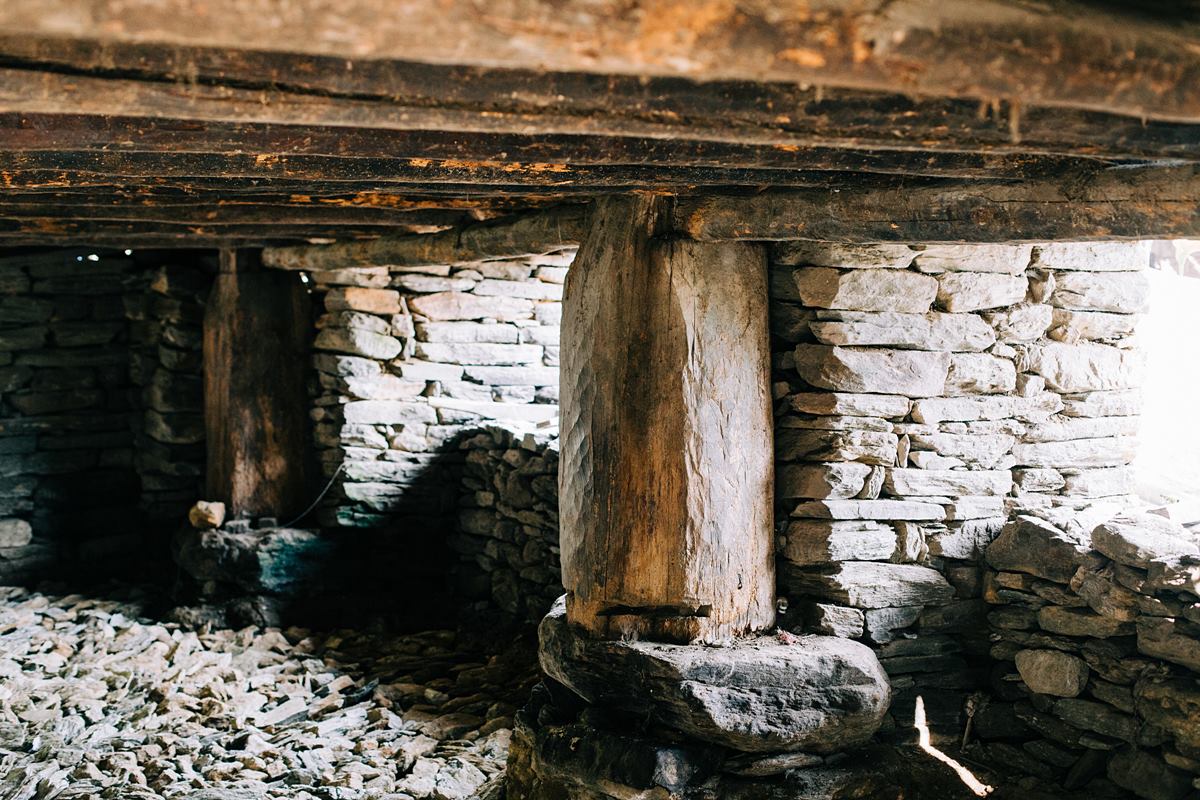
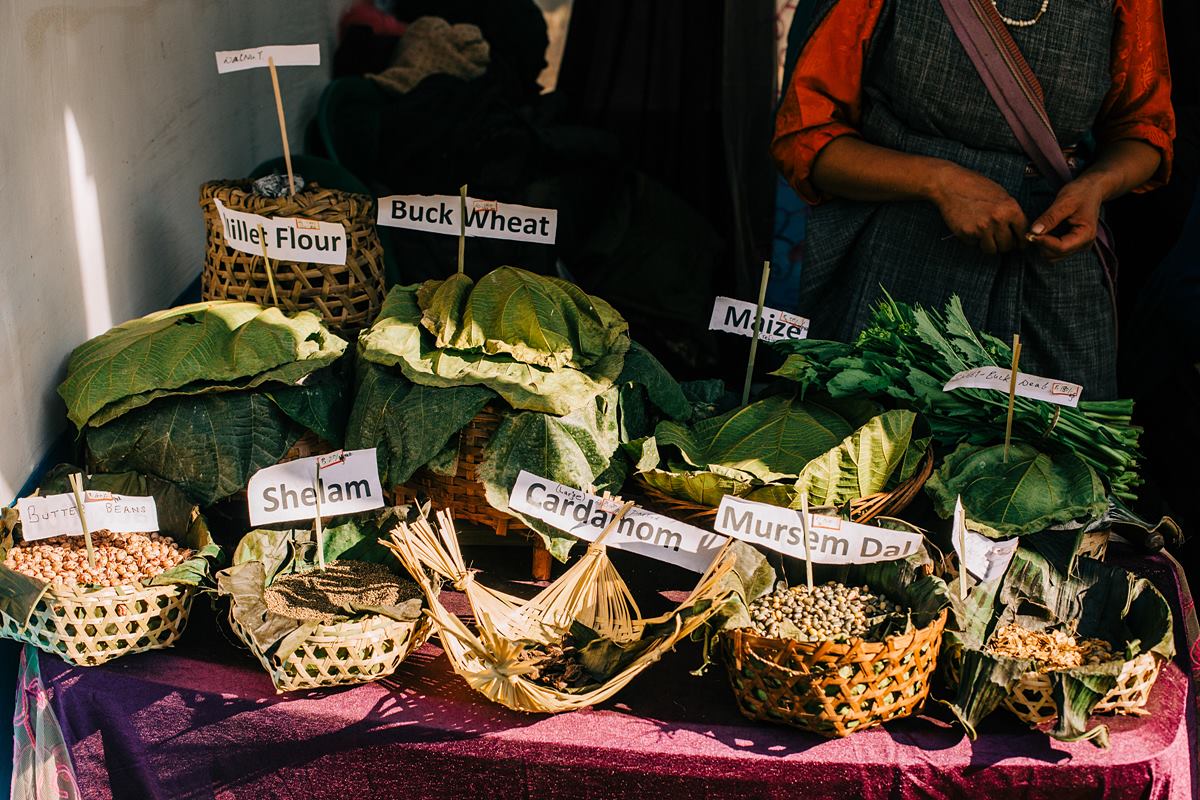
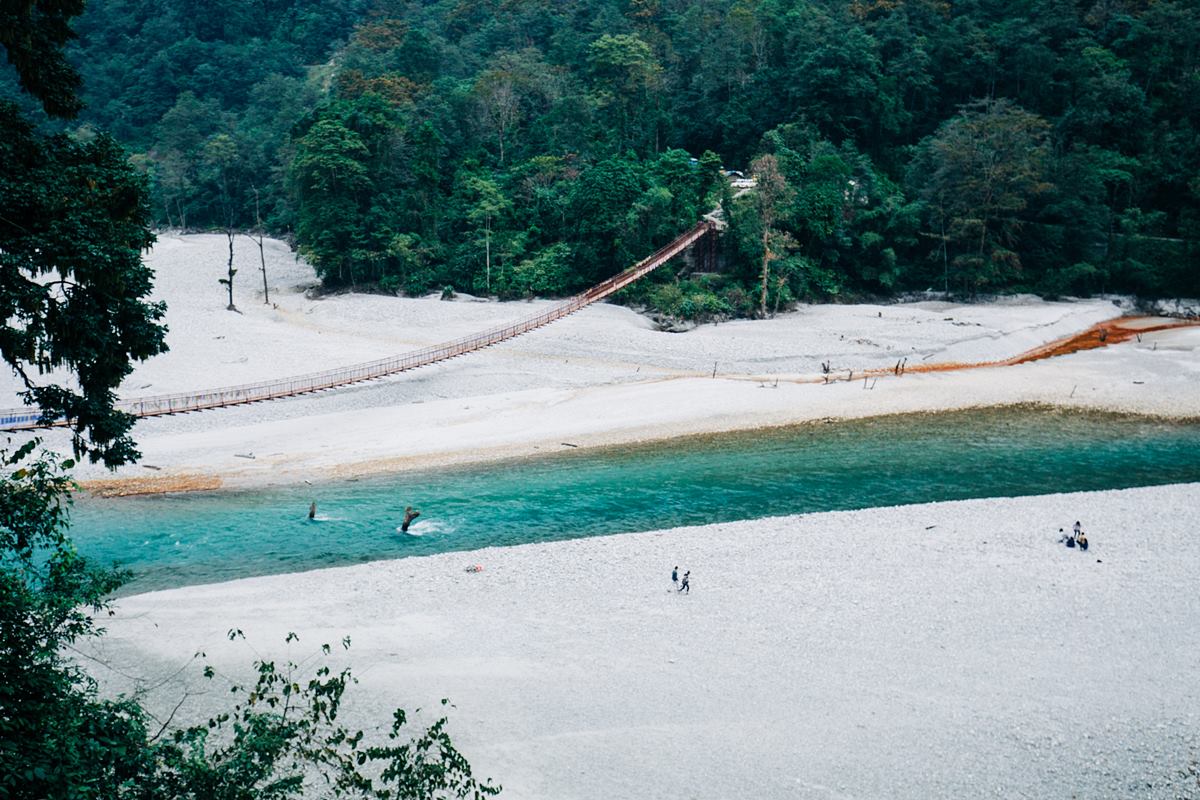
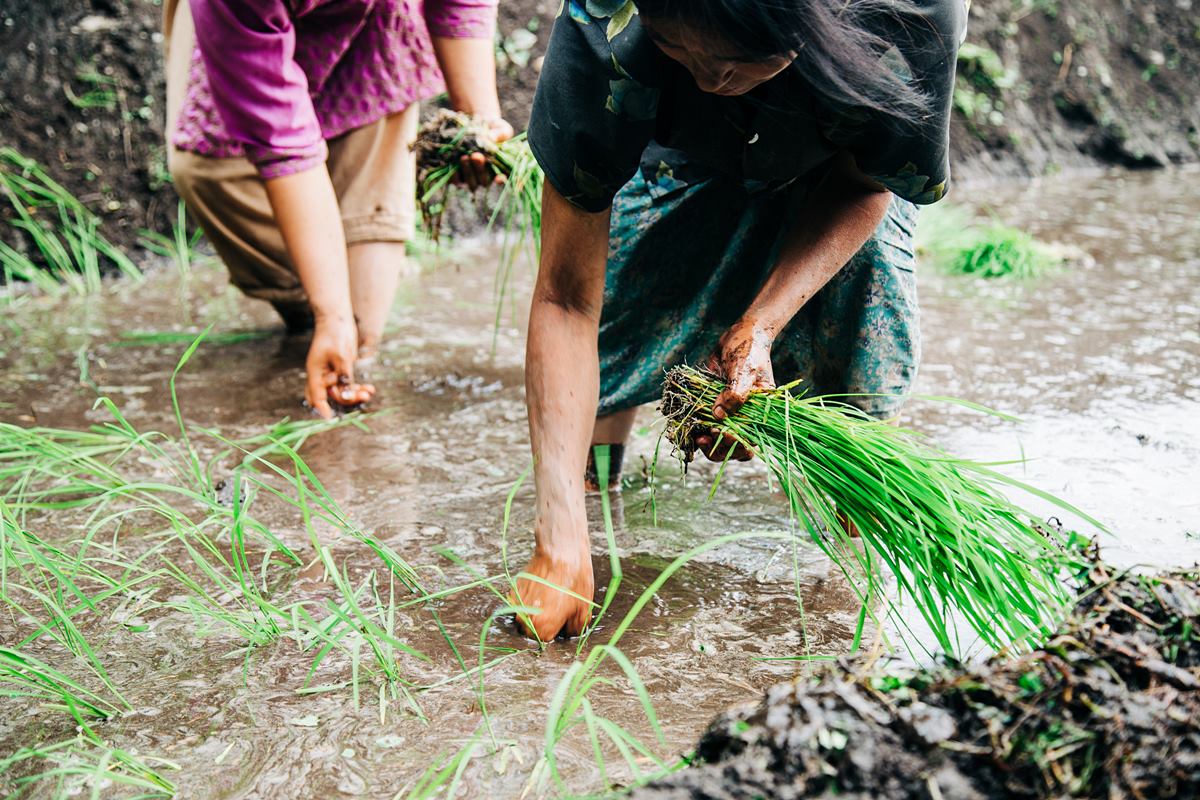
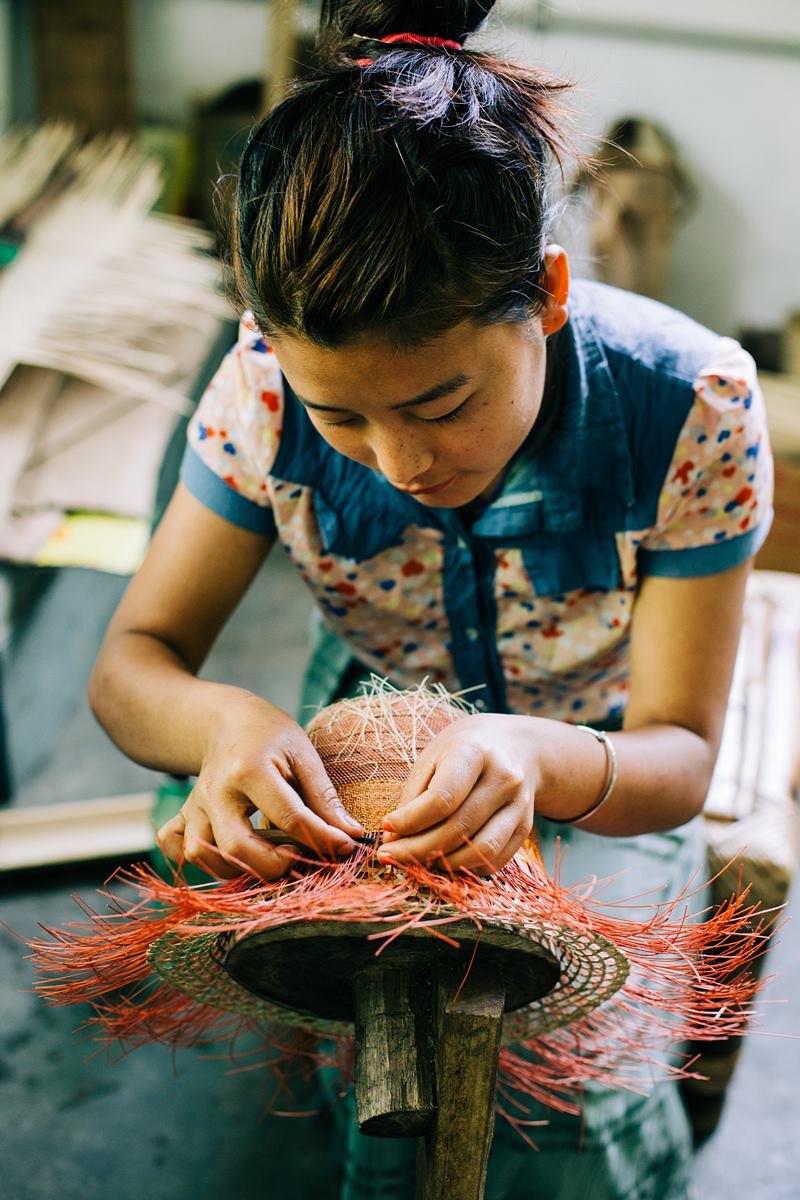
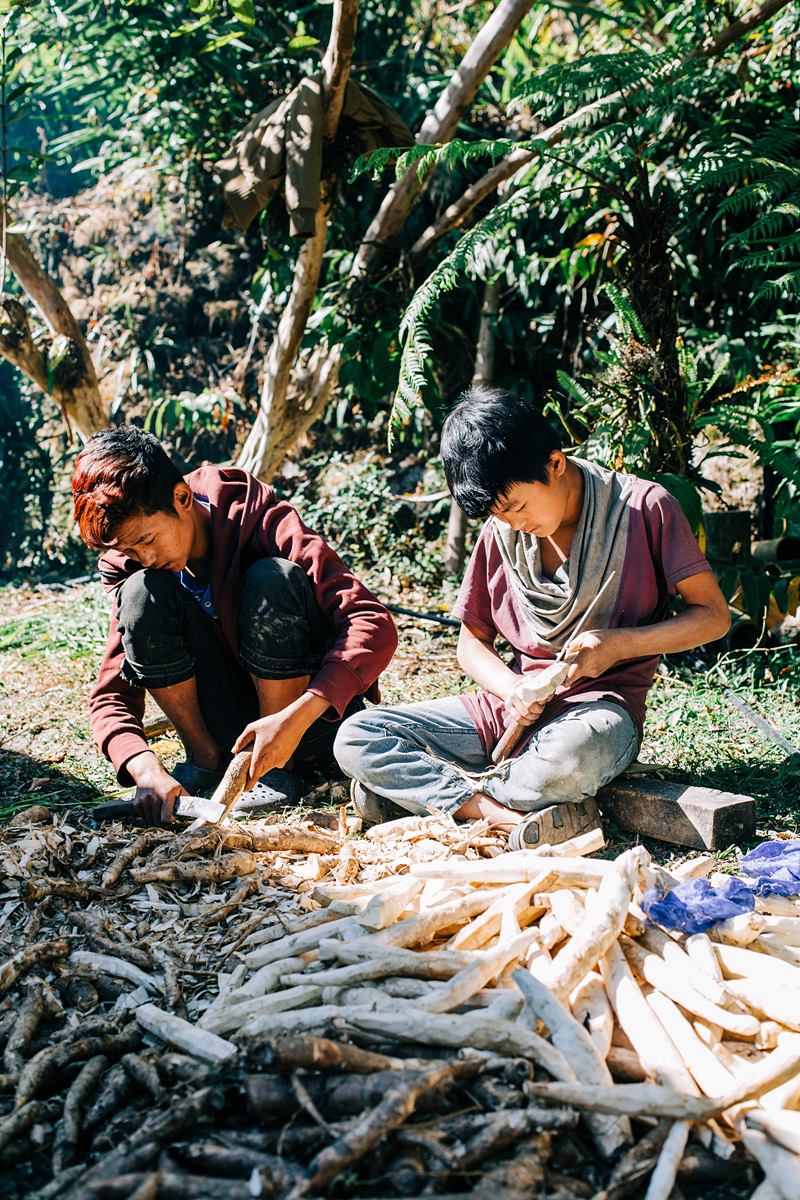
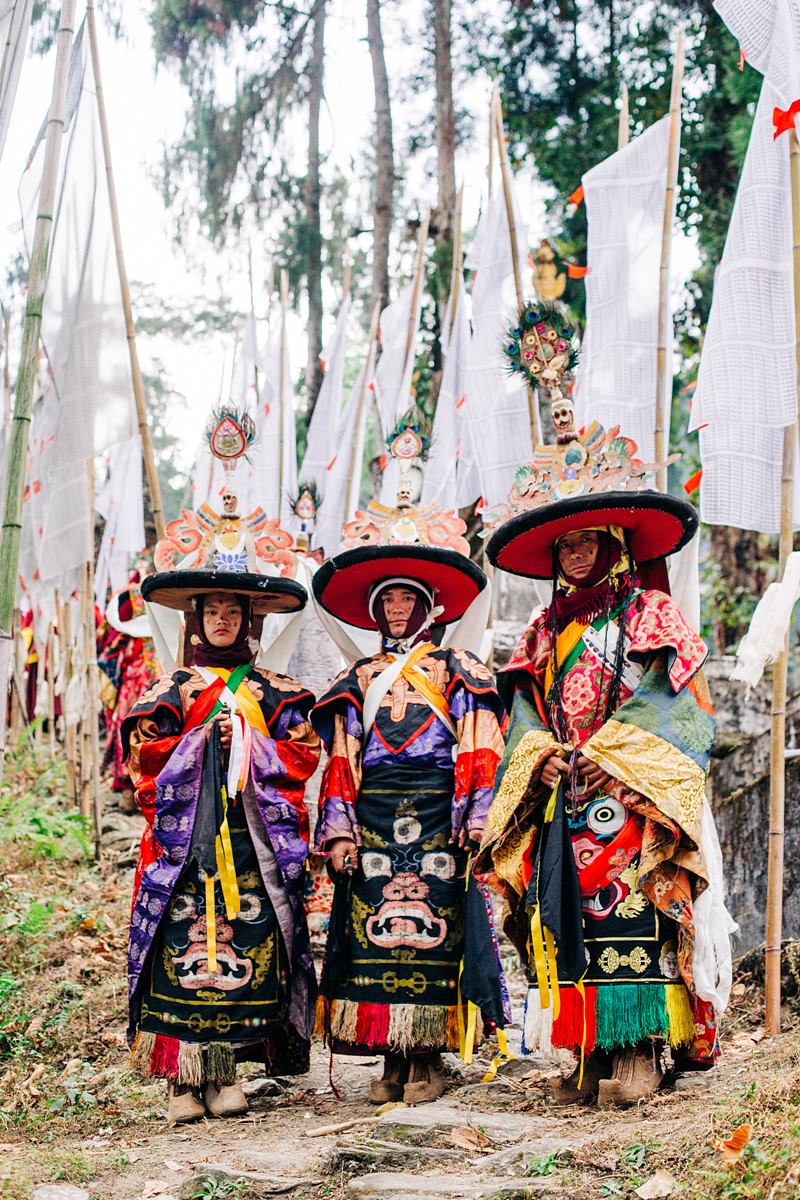
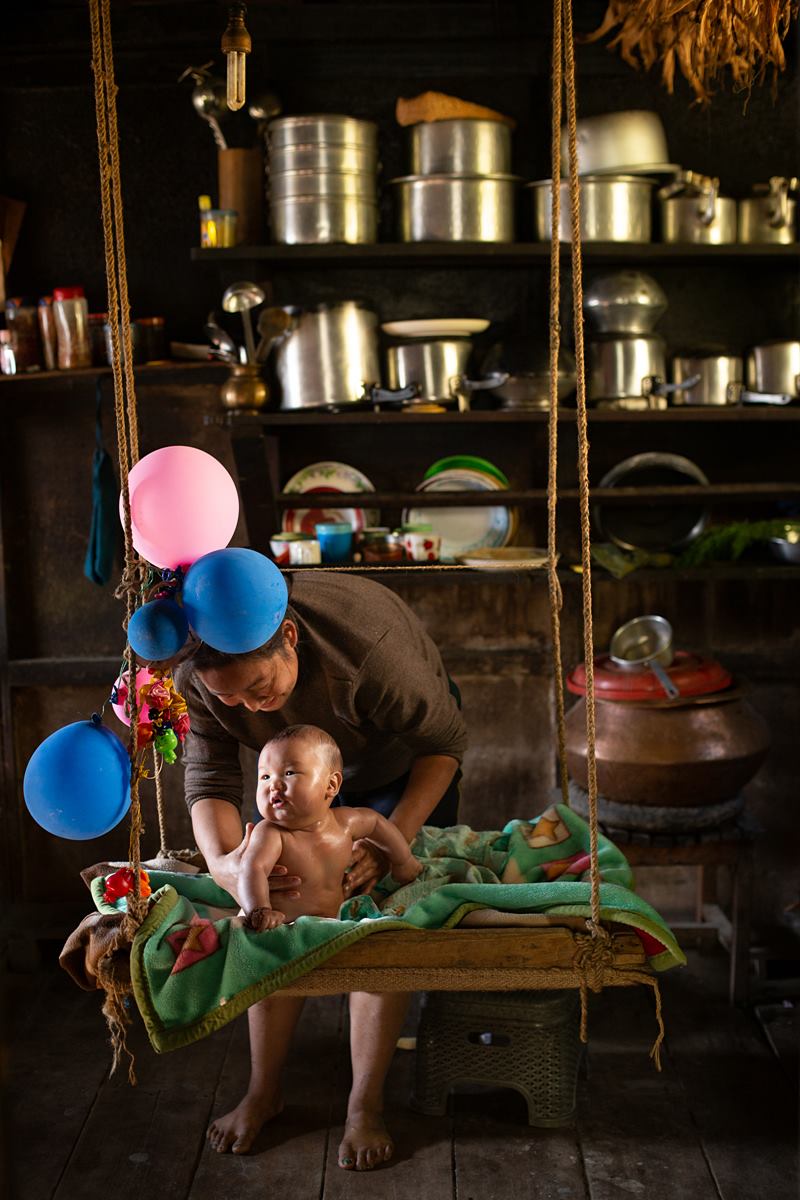
References:
- Little, K. (2008). Lepcha Narratives Of Their Threatened Sacred Landscapes. Transforming Cultures E- journal, 3(1). Retrieved from https://epress.lib.uts.edu.au/journals/index.php/TfC/article/view/686
- Sikkimese Filmmaker Dawa Lepcha Nominated for Golden Fox Award - The Darjeeling Chronicle. (2017). Retrieved from https://thedarjeelingchronicle.com/sikkimese-filmmaker-dawa-lepcha-nominated-golden-fox-award/
- World Heritage Watch E.V. (2019). World Heritage Watch Report 2018. Berlin. Retrieved from http://www.sikkimexpress.com/NewsDetails?ContentID=10791&SectionID=0
2 comments on “MAKING OF A SACRED LAND AND ITS GUARDIANS”
Leave a Reply
Latest Posts
Latest Comments
No 'Comments_Widget_Plus_Widget' widget registered in this installation.


Hello There. I found your blog the usage of msn. That is a really smartly written article.
I'll make sure to bookmark it and come back to read extra of your helpful info.
Thank you for the post. I'll definitely return.
Rich, very rich. But I was a little expectant that the linkage between mythology and ecology would be explored. I have been trying to understand the link between the Lepcha's faith in Kanghchendzonga and his sense of each mountain and each lake at its base being treated as sacrosanct, almost like a "garbhgriha" or sanctum sanctorum, the "womb-home".
There is also a linkage between the Lepcha language structure and their sense of ecological scientific thinking, but to me it remains unexplored.
With all due respect for this project's erudition and commitment to correct knowledge, this is an area that needs special attention -- this ecology-mythology linkage, and I am hoping someday you shall give a fabulous article on that.
My restects.